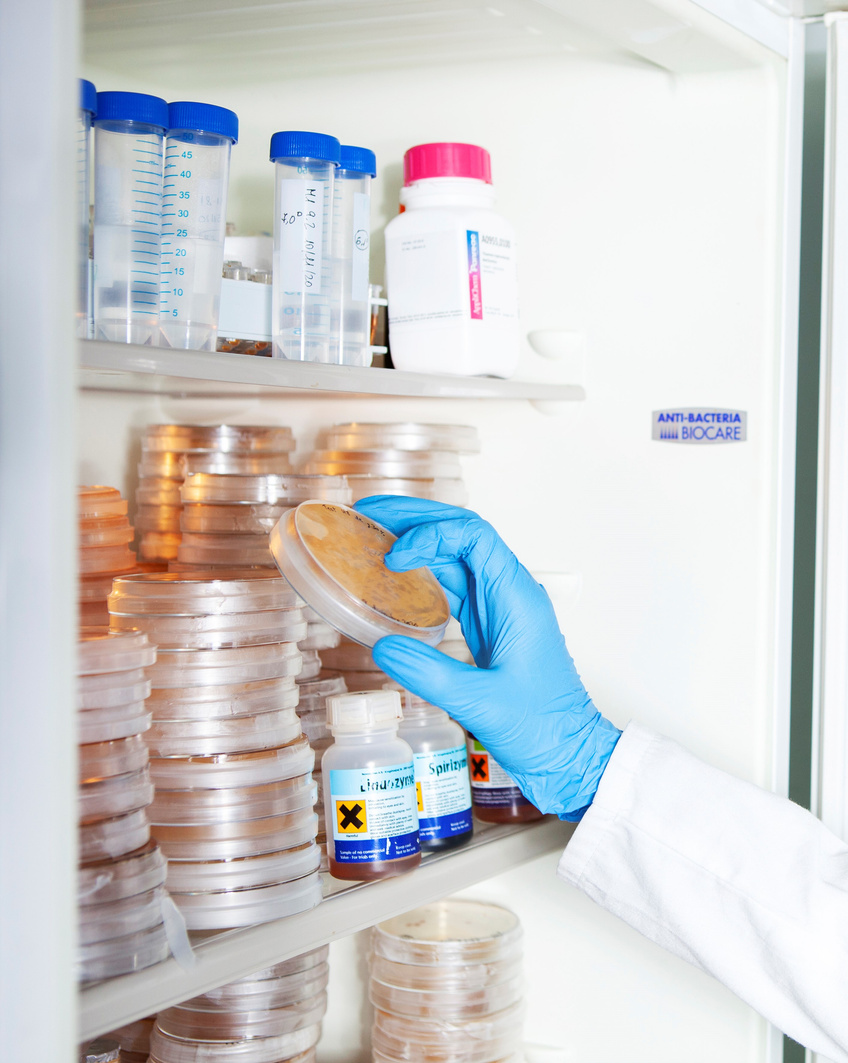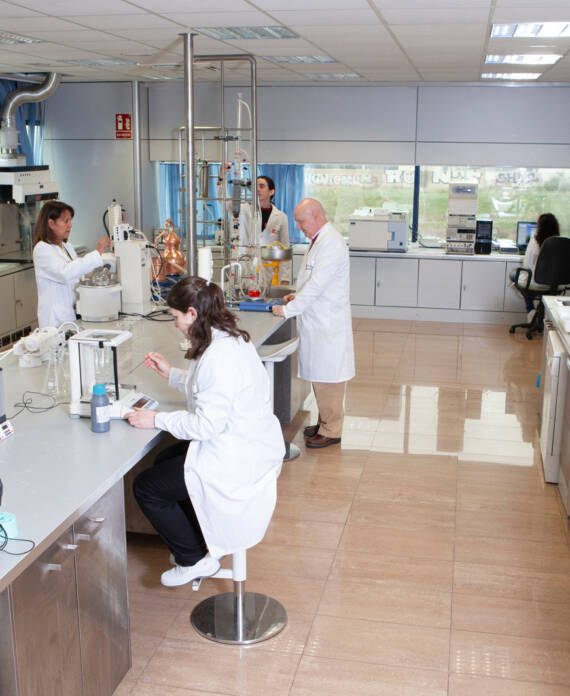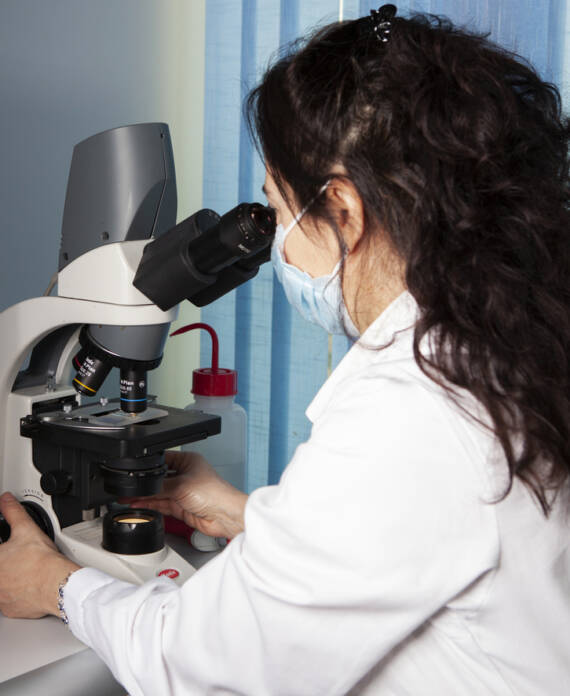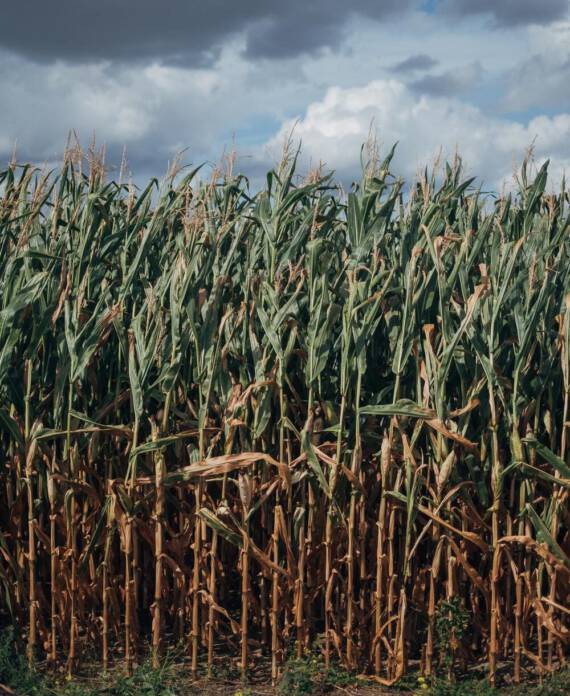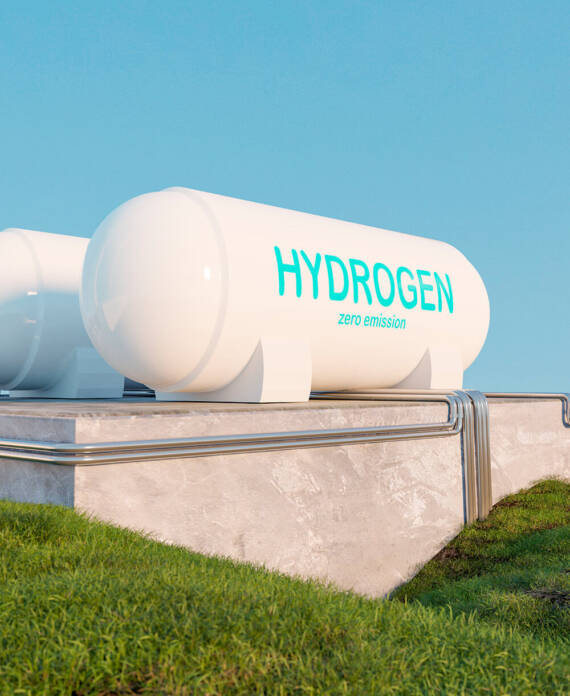Full services in
Research and Devepment
In Tomsa Destil we are highly committed to R&D&I, which has allowed us to have a wide experience in the design, construction and start-up of facilities for the production of alcohol and bioproducts, as well as being able to offer our customers other services ranging from feasibility studies, pilot scale tests, analytical determinations, processes for the improvement of production efficiency, use and valorization of by-products, optimization of resources, auxiliary services, etc.
